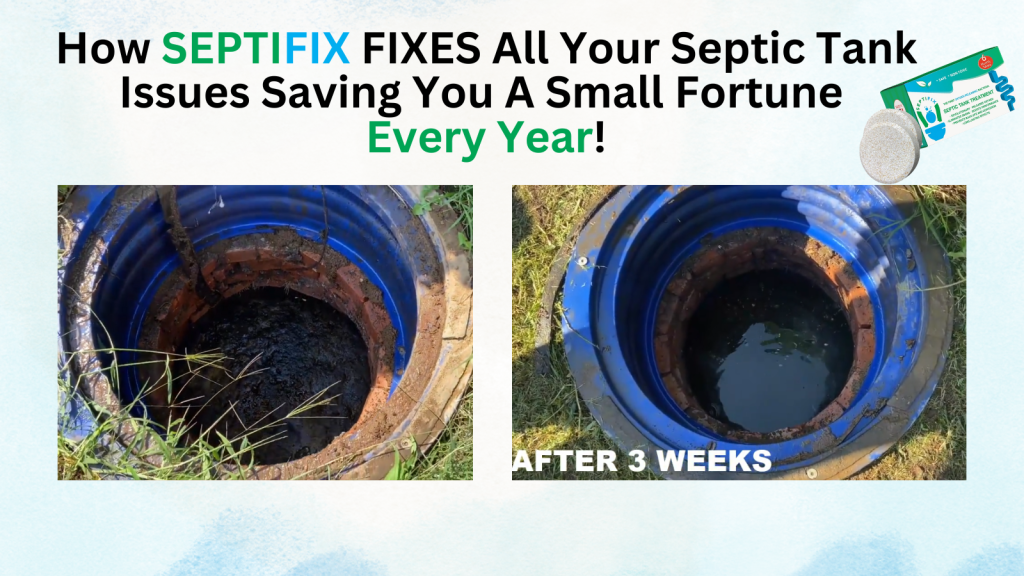If you’re wondering where to locate a septic tank, you’re not alone. Whether you’re dealing with maintenance issues, planning landscaping, or buying a new home, knowing your septic tank’s location is crucial. Septic systems (also called onsite wastewater systems or onsite sewage facilities in some areas) require regular care—and you can’t maintain what you can’t find! This guide will walk you through several reliable methods for locating your tank safely and efficiently.
Table of Contents
- Why It’s Important to Know Where Your Septic Tank Is
- Signs That Can Help You Find the Tank
- Use Resources for Locating Your Septic System
- Common Septic Tank Placement Rules (and Exceptions)
- Safety Warnings and When to Call a Pro
- Contact Info and Resources
- Conclusion
Why It’s Important to Know Where Your Septic Tank Is
Failing to locate your septic tank before digging, building, or landscaping can lead to:
- Damage to your septic components
- Unintentional exposure to harmful waste
- Violations of local health codes
Also, identifying your tank’s location is the first step in any DIY septic maintenance routine, such as checking for signs of backups or inspecting the cover for wear.
Signs That Can Help You Find the Tank
1. Look for Visual Clues in the Yard
Start by scanning your yard for any of the following:
- A patch of greener or faster-growing grass
- A slightly sunken or raised area in the soil
- A round or rectangular concrete lid, often 12–24 inches across
These clues often indicate where the septic tank lid or riser is located.
2. Check for Plumbing Exit Points
Head to your basement or crawlspace and locate the main wastewater pipe (usually 4 inches wide). Follow its direction to the outside wall. The septic tank is typically installed 10 to 25 feet away from this point in the yard.
3. Use a Soil Probe or Metal Rod (Carefully!)
You can gently push a long, slender rod into the ground along the suspected line. Resistance or a change in depth often signals the presence of the tank or distribution box. Proceed with caution to avoid puncturing anything.
Use Resources for Locating Your Septic System
1. Consult Property Records or a Septic Map
Most counties maintain septic system permits, which often include a sketch of your system layout. Contact your local health department or building department to request these records.
Pro tip: These documents may be stored under the original owner or builder’s name—so be ready with any past property information.
2. Ask Previous Owners or Neighbors
Sometimes the simplest method is to ask. If you’re on a shared system, your neighbors might know the layout or have insights about older septic installations common in your region.
3. Hire a Professional Septic Locator
If you’re still unsure—or don’t feel safe probing the ground—a licensed septic service provider can locate the tank using tools like ground-penetrating radar (GPR) or specialized plumbing cameras. Hiring help is especially wise if you suspect the tank is under concrete, pavement, or a structure.
Common Septic Tank Placement Rules (and Exceptions)
1. Typical Placement Guidelines
- 10–25 feet from the house
- Not within 10 feet of a water well
- In permeable soil, away from flood-prone areas
- Slightly downhill from the house for gravity-fed systems
These rules apply to most systems, but local codes may vary. In Florida, for instance, tanks are often shallow due to high water tables, while in Wisconsin, frost depth may push tanks deeper.
2. Older Systems Might Not Follow the Rules
Homes built before the 1970s may have systems that don’t follow today’s codes. Tanks might be:
- Closer to the home
- Located beneath structures or driveways
- Installed without risers or inspection ports
If you’re dealing with an older rural property, always err on the side of caution—and consider hiring a professional.
Safety Warnings and When to Call a Pro
Never enter or open a septic tank yourself.
Toxic gases inside the tank can cause unconsciousness or death within minutes. Even removing a lid can be dangerous if it’s heavy or deteriorated.
Call a certified septic contractor if:
- You can’t find the tank after a reasonable search
- The ground is frozen or heavily compacted
- You see signs of tank failure (soggy ground, odors, backups)
Contact Info and Resources
Here are some helpful links and agencies to support your search and system care:
- EPA SepticSmart Program – Maintenance advice and homeowner tips
- National Onsite Wastewater Recycling Association (NOWRA) – Locate licensed professionals
- Local building or health department – For septic permits and records
- OdorFreeSeptic.com – Guides, FAQs, and DIY troubleshooting tips
- Homeowners’ Guide to Septic Systems (PDF) – EPA publication
Conclusion
Finding where to locate a septic tank doesn’t have to be a mystery. With the right clues, records, and tools—or the help of a pro—you can identify your tank’s location and start taking better care of your onsite wastewater system. Knowing its position helps prevent accidents, supports maintenance efforts, and ensures you stay compliant with local codes.
Need help with septic odors or DIY troubleshooting? Visit OdorFreeSeptic.com for expert tips and eco-friendly solutions!
Septic Regulations in Rural Areas: Essential Guide for Rural Property Owners
The Role of Perforated Pipes in Drain Fields
What Happens During a Pumping Service?
Septic Tanks vs. Sewer Systems | Choosing the Right Option
Directory | Virginia Septic Service Providers | Part 2
Directory | Virginia Septic Service Providers : Best Professionals | Part 1







